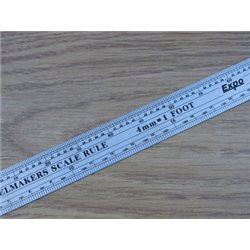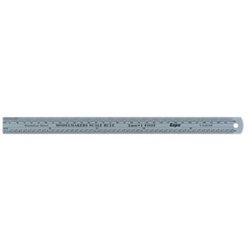Mainline Railways was a British model railway brand that operated between 1976 and 1983, introduced by Palitoy, the...
No products
Product successfully added to your shopping cart
There are 0 items in your cart. There is 1 item in your cart.
Search Tips
Open on Good Friday
The shop will be open on Friday 18th April.
Bring us some chocolate!
What is a Beyer Garratt engine?
A Beyer-Garratt locomotive is a type of articulated steam engine with three sections. Technically, as two of the sections have their own powered wheels it could be described as two steam engines with a connecting boiler in the middle, however, the locomotive is classed as a single-engine because the sections can not work independently.
The rear section of the locomotive has cylinders and driving wheels. It is also where coal (or oil) and some of the locomotive's water is stored, next is the central section, this is made up of the boiler, firebox and drivers cab area. The central section has no wheels or axels attached. Lastly, the front section of the locomotive is used to store the bulk of the locomotive's water supplies, it too has cylinders and driving wheels.
The advantage of the Beyer-Garrat locomotive is that articulated locomotives can negotiate tighter curves and spread their weight across more wheels than a standard locomotive design, this gives them a much greater route availability and usefulness. They also tend to be more powerful than locomotives of similar size due to their larger boilers and fireboxes making them especially popular on narrow-gauge railways where space and therefore the size of the locomotive is limited. The disadvantage of Beyer-Garrat locomotives is that as the water stored in the front section is depleted, weight reduces and traction becomes less.
Beyer-Garrat locomotives were immensely successful. They were in production right up until 1968 and used all over the world in places such as Asia, Europe, Africa, north and south America and even as far away as Australia and New Zealand.
Today, around 15 Beyer Garrats are in operational condition, in the UK a few examples reside on the Welsh Highland Railway in Wales.
Click here to receive the tips weekly in your mailbox. You can unsubscribe at any time.









